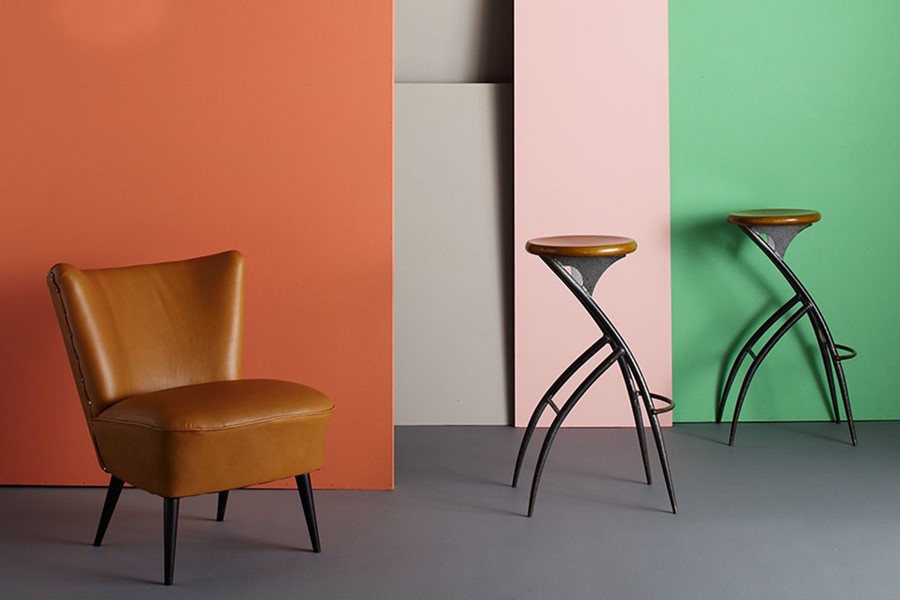As Modern Shows' dedicated marketplace arrives in London this weekend, we chart the defining factors of the 1940s and 50s furniture design trend that was governed by functionality and simplicity
Writer and art historian Cara Greenberg coined the phrase ‘Mid-Century Modern’ in 1984 – it was the title of her seminal book about what has since become a global and iconic design movement. The label is to-the-point and no-nonsense, much like the straightforward interior style, which championed notions of functionality, ease and modern simplicity. When spoken aloud, the words mid-century modern also have a melodic quality to them; the mirrored, doubling ‘Ms’ roll smoothly off the tongue, evoking the clean sculptural lines of the perfectly balanced aesthetic that it describes. With its bubble shapes, neat proportions and alluring sugar-coated colours, the mid-century has been aptly described as ‘furniture candy’.
Now the darling of Etsy, upscale vintage stores and the mid-century modern furniture fair at the Oval (which is taking place in London this Sunday, May 15), the historic movement continues to permeate our sense of what’s contemporary. Before you head down to the Oval at Kennington’s Cricket Ground this weekend to fill your homes, here’s a guide to mid-century furniture, a movement that continues to define and grace our kitchens and living rooms.
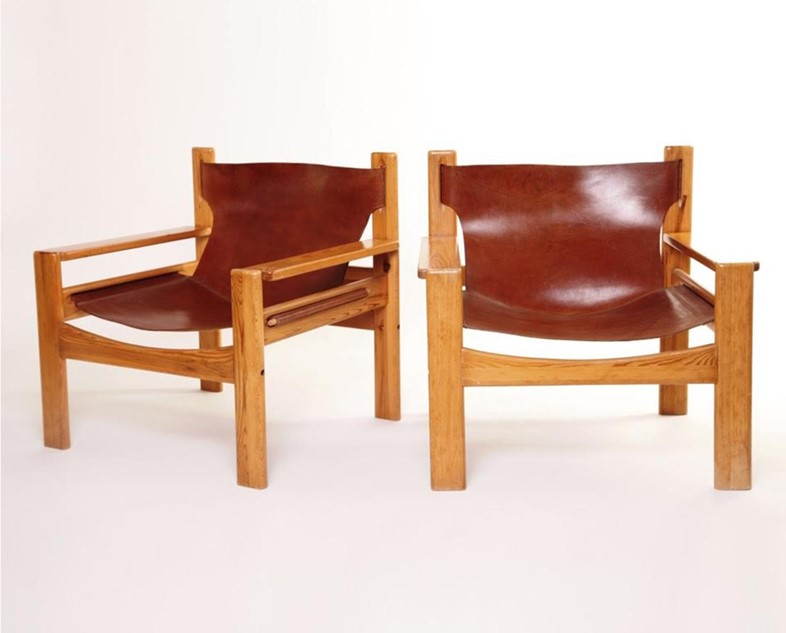
The Origin
Peaking as its name suggests as a style from the 1940s-1960s, the mid-century movement was the organic offspring of modernism. It was rooted in notions of functionality, elegance and simplicity as championed by the likes of the Bauhaus and Le Corbusier, whose dictum – “a house is a machine for living” – filtered naturally, and often controversially, into the ideology of mid-century designers.
George Nelson’s 1946 Platform Bench is often cited as one of the first memorable designs of the genre. It was created to be mass-produced in order to be affordable to the average homeowner, an ideal Nelson inherited from the Bauhaus sensibility – good design for all. After Nelson’s casual, carefree yet elegant bench, the movement continued to prize the romantic idea that good design could change lives for everyone, not just the rich. Design could change the world for the better.
Design couple extraordinaire Ray and Charles Eames’s breezy, beautiful Californian chairs have become synonymous with the movement, and for them, as they stated, the ideology was simple yet powerful: “Getting the most of the best to the greatest number of people for the least amount of money.”
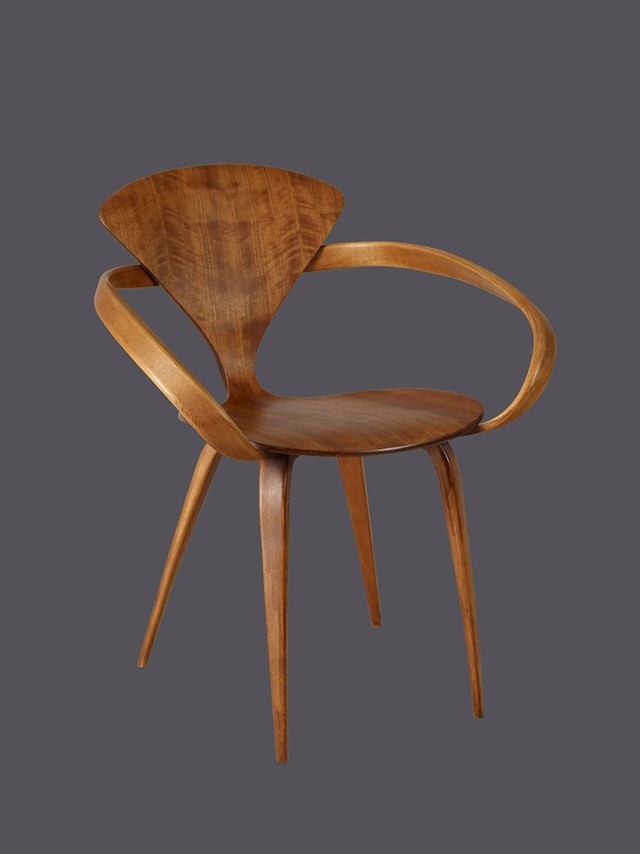
The Materials
For mid-century designers, materials were used for their own distinct, even deliberately artificial qualities and never to imitate the groove of wood or marble. They embraced relatively new materials like metal, glass, vinyl, and plywood, offsetting these with wood to create novel, exciting juxtapositions. Often a piece of furniture would combine only two materials or two colours – creating tension and harmony without fuss or superfluous ornament.
Artist and architect Isamu Noguchi’s walnut hardwood and glass Noguchi table exemplifies this: it was described as a ‘sculpture for use’, and its duality of two elements created something flowing, self-supporting, and enticingly functional.
The Eameses championed new technologies too, creating plastic resin or wire mesh chairs that were produced by manufacturer Herman Miller. Their Molded Plastic and Fiberglass Armchair was low-cost and had a mix-and-match quality: the consumer could choose from three plastic colours (elegant greige, elephant-hide, or parchment) and could select a metal, wood or rocker base. Materials that were associated with the cheap and the industrial were becoming the staple of contemporary interiors.
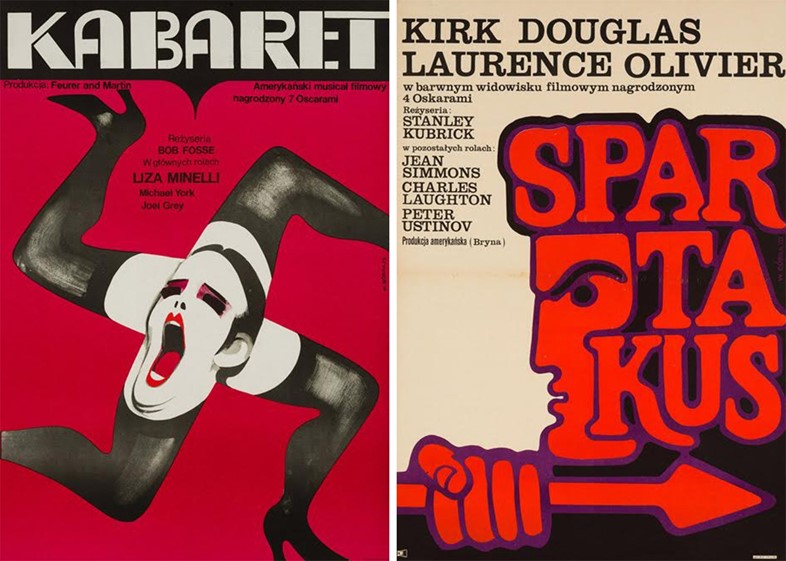
The Style
George Nelson determined that there were three ‘mid-century’ categories: the bio-morphic, the machine, and the handcrafted:
Bio-morphic mid-century describes the furniture that relished in organic, curved, smooth surfaces, design that was moulded into the shapes of kidneys and boomerangs, and which was an accessible and lively contrast to the more austere machine aesthetic of the Bauhaus. Hungarian-born, US-based Eva Zeisel especially explored the natural world in her designs: her famous salt and pepper shakers exude personality, and her belly-button shaped room-divider combined human body forms with functional divisions of space. Other bio-morphic classics include the dreamy, cloud-like Eames Plastic Chaise Longue and Verner Panton’s flowing Panton Chair.
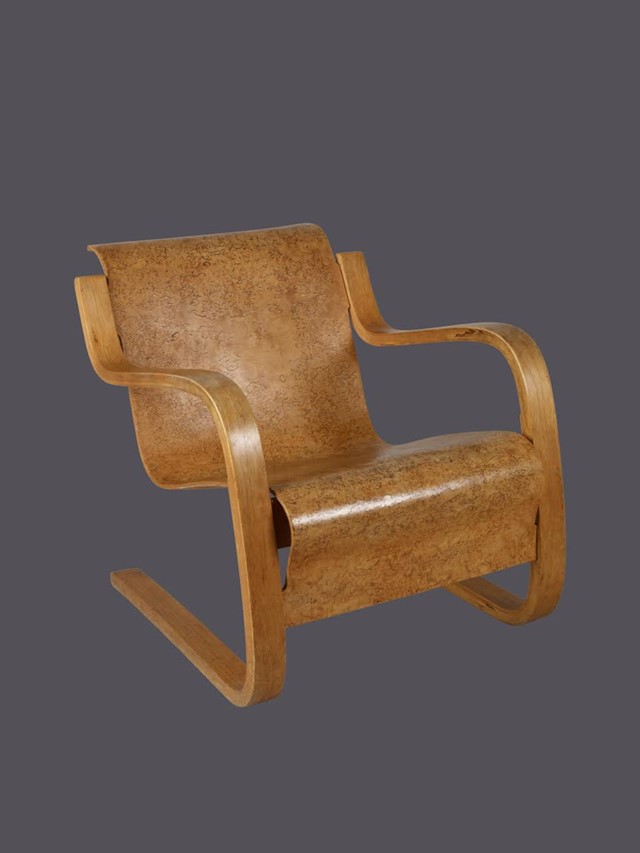
The machine look originated in the Bauhaus and Streamline Moderne, from where it appropriated its stark, space-age geometric forms that played with form and function. George Nelson’s Associate’s Ball Clock for the Howard Miller clock company at the time looked as if it had fallen out of the 21st century, though now it feels vintage, like something from the futurist 60s cartoon The Jetsons. It was nostalgic for a time yet to come.
Despite its name, the third category of ‘handmade’ mid-century modernism was still designed for industrial production, and it expressed ideals of usefulness and minimalism in the sculptural lines of shaped wood. The ‘handmade’ mostly defined the Danish strand of the movement. Denmark’s Finn Juhl was a pioneer: his 45 Chair is a classic – a combination of graceful leather and finely sculptured wood that looks light, delicate and airy.
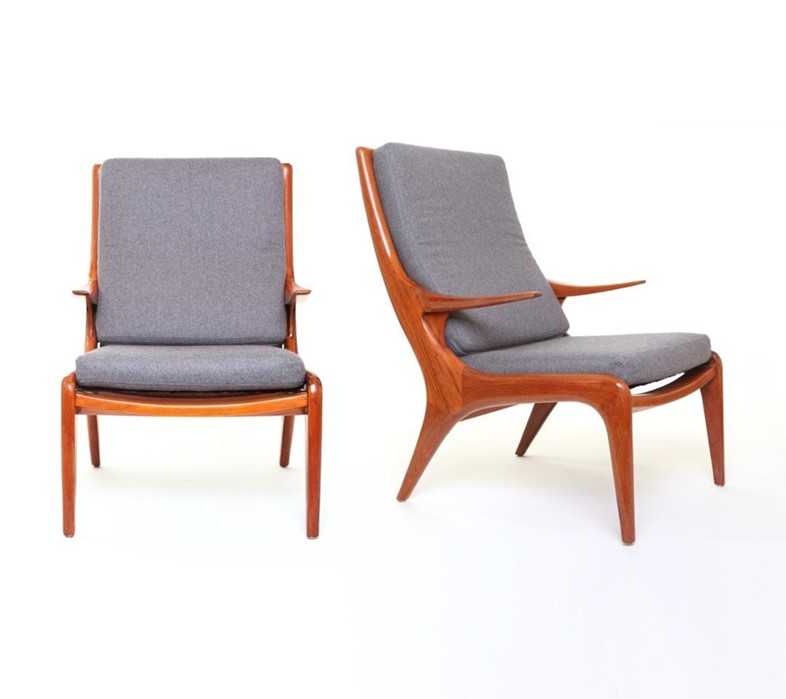
The Here and Now
Charismatic furniture from the past that imagined a cool, uncluttered future – seeing the future in fu(rni)ture – has become very now. Today, furniture manufacturers like Herman Miller and Knoll are still producing and reproducing many of the designs from the mid-century period, and the Eames Lounge Chair has never gone out of production since it was first released. Ironically for a movement that prided itself on its accessibility, many of the pieces now come with steep price tags: Eames Molded Plywood Folding Screen is worth over $10,000, for example, and George Nelson’s playful Marshmallow sofa recently sold for a modern mind-boggling $66,000.
While shows like Mad Men idealise the movement through immaculate set design (its team worked with Herman Miller, which advised on period-appropriate furnishings), contemporary exhibitions like Washington’s recent female-focused Pathmakers at the Museum of Women in the Arts continue to look at the movement from less familiar perspectives, finding gorgeous new forms to rediscover.
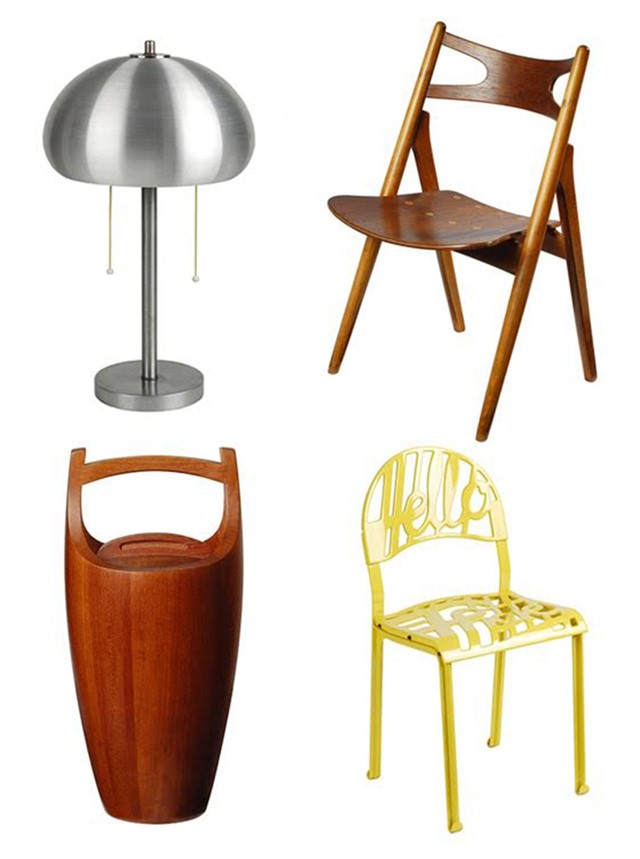
Modern Shows: Midcentury South takes place May 15, 2016 at the Oval, London.
